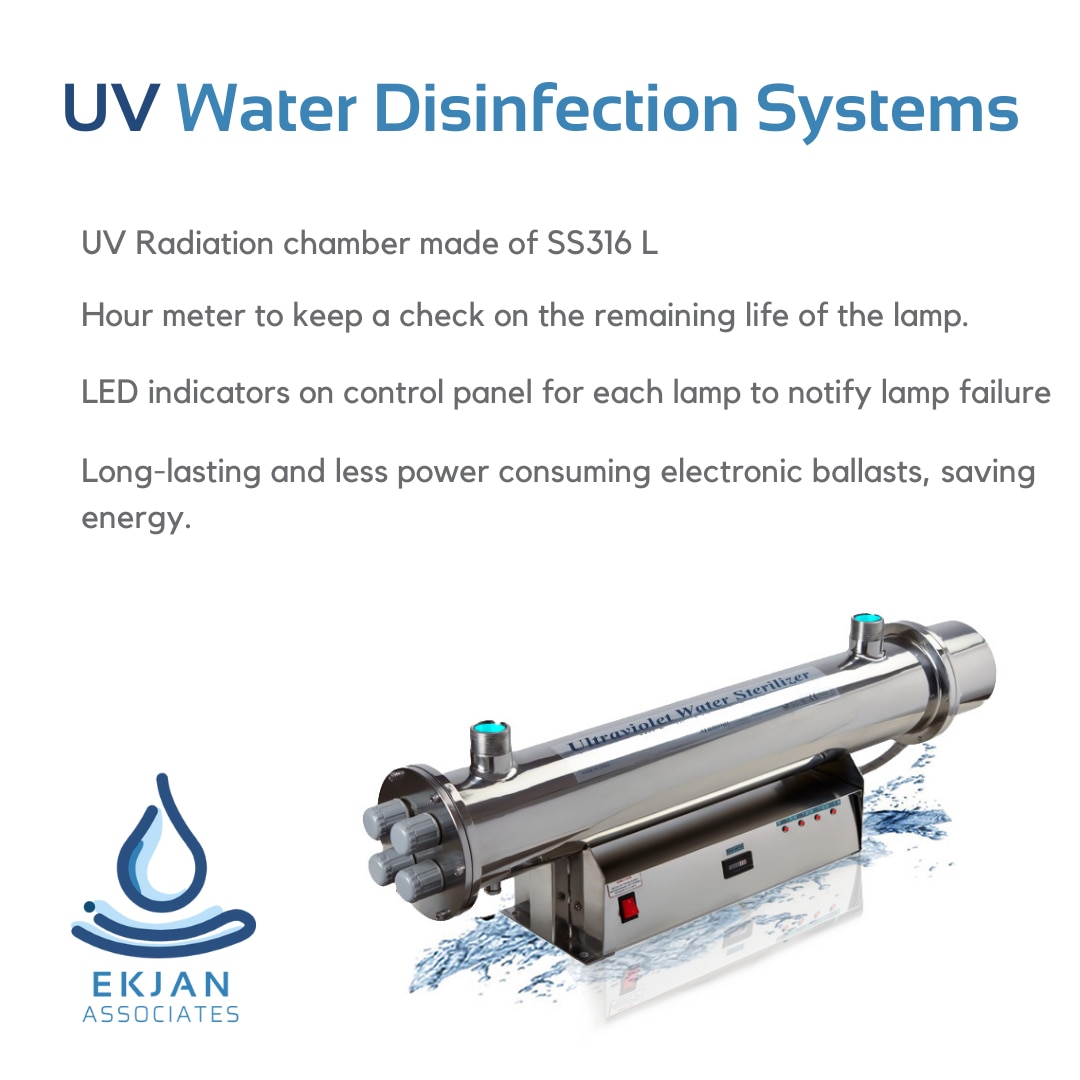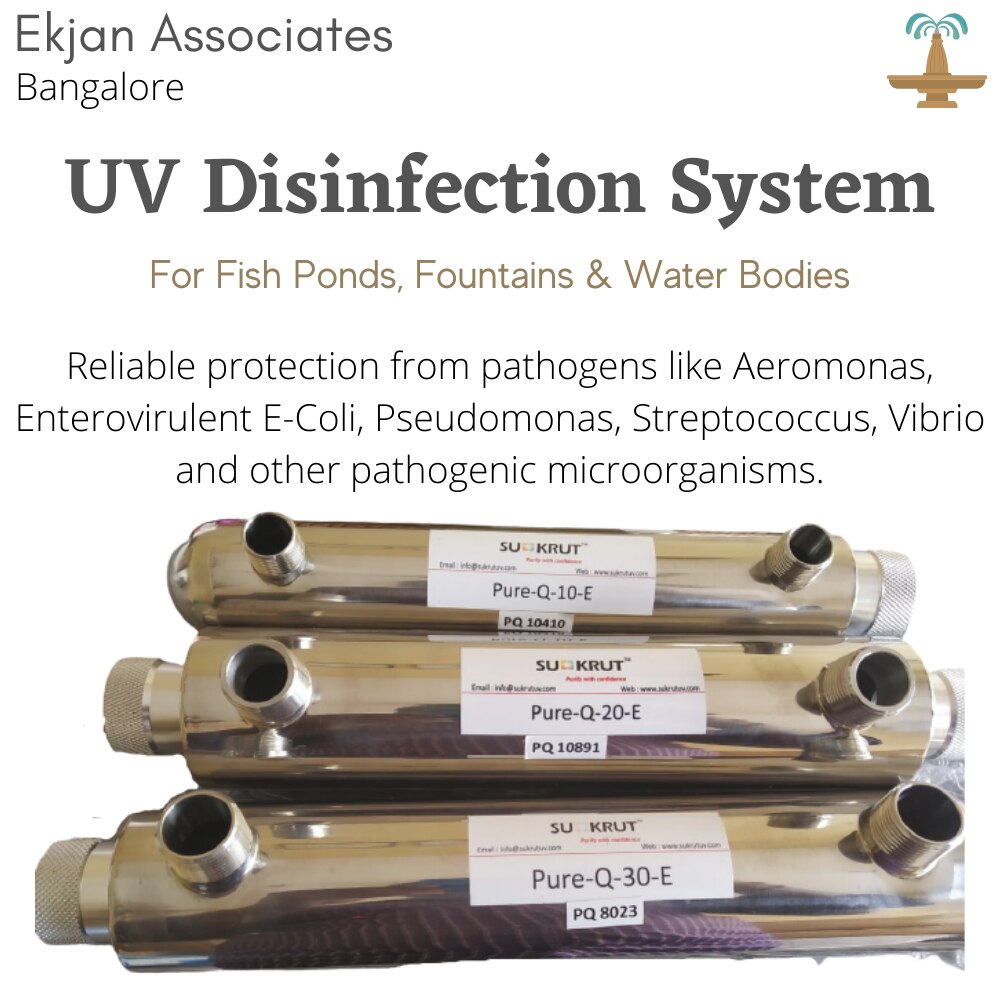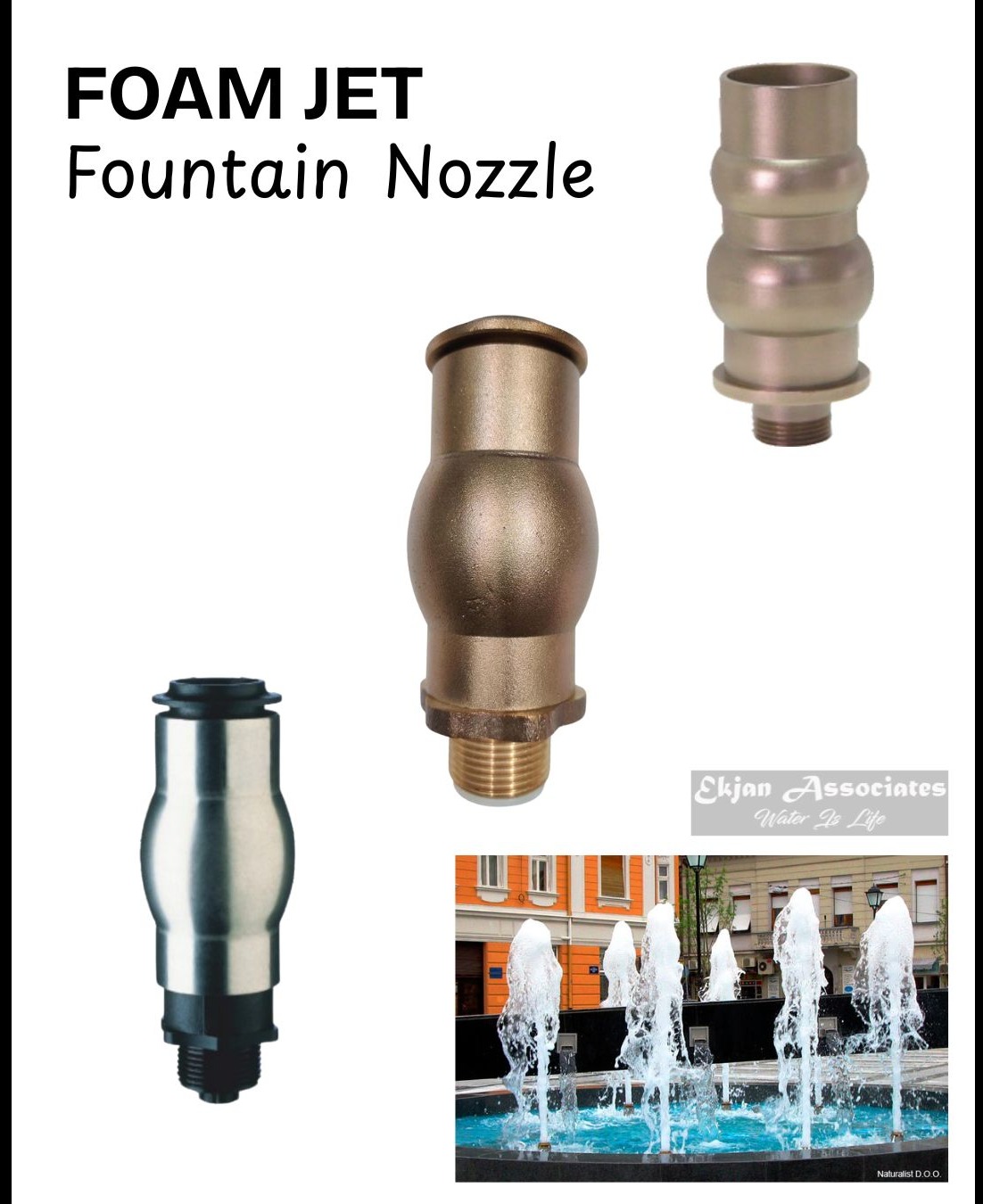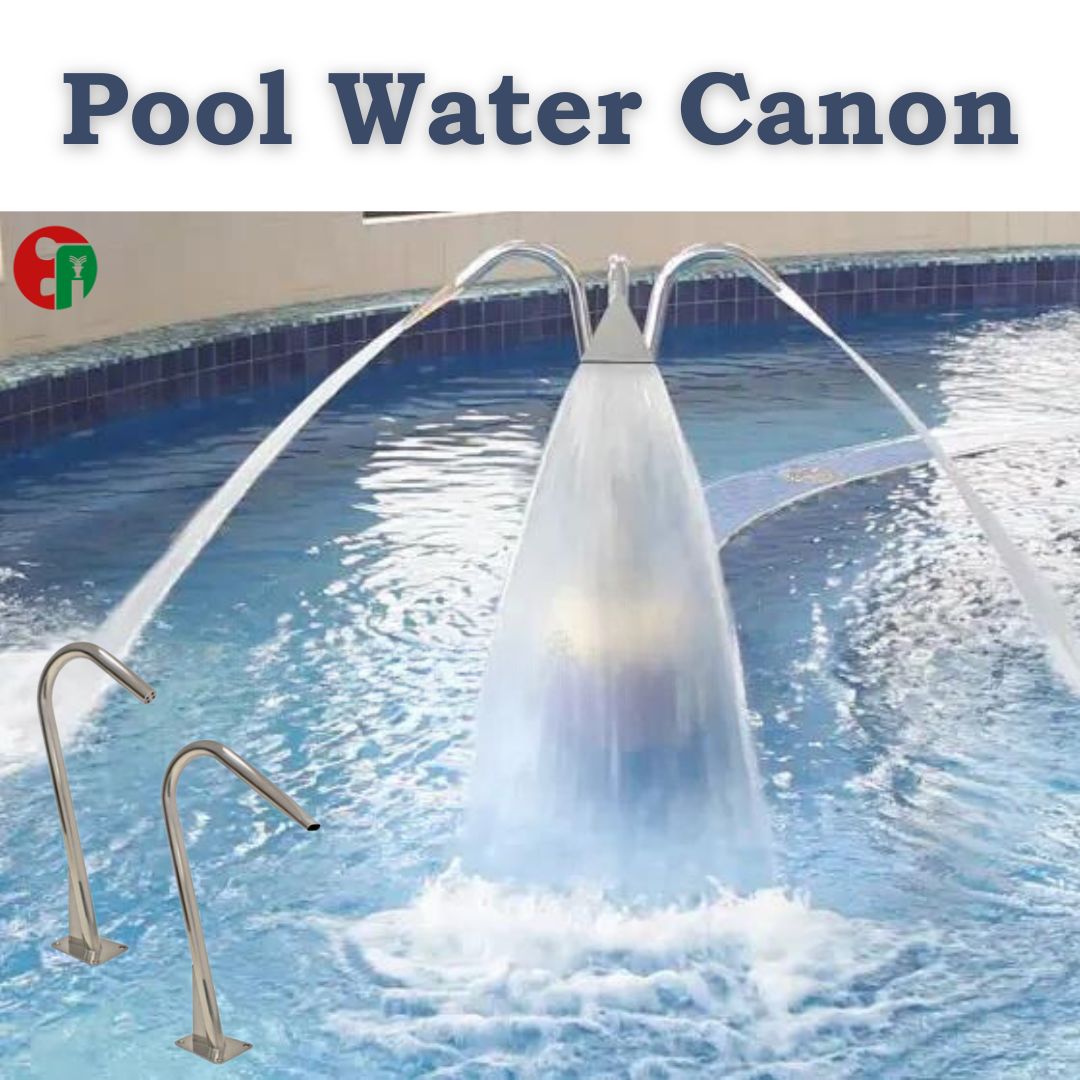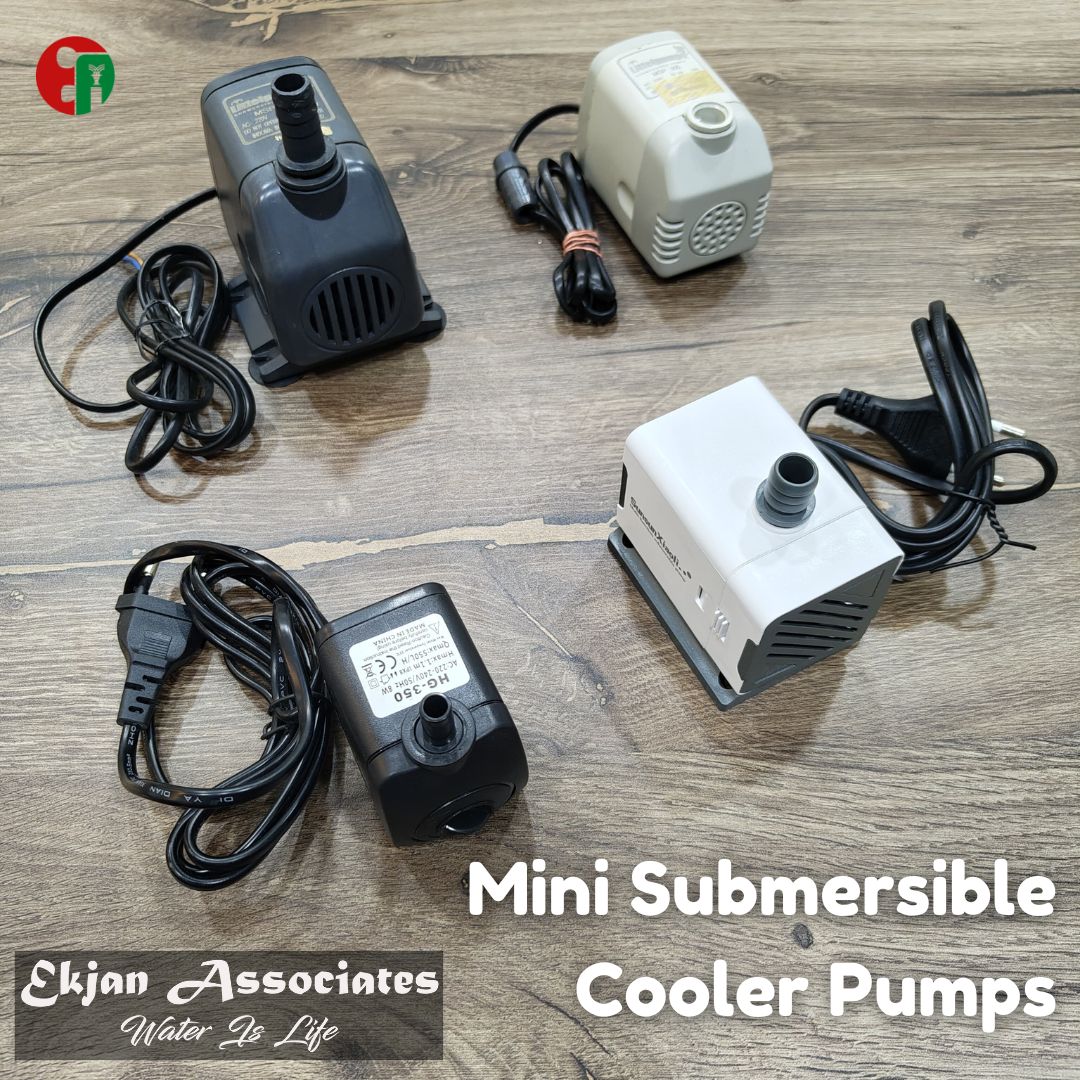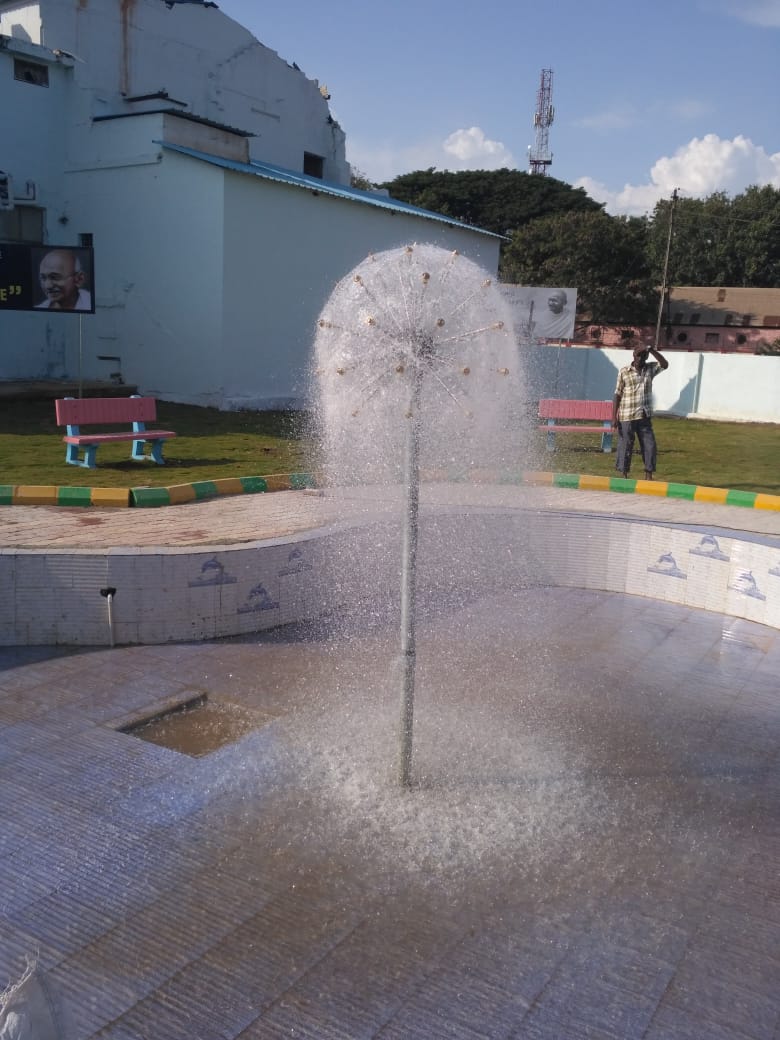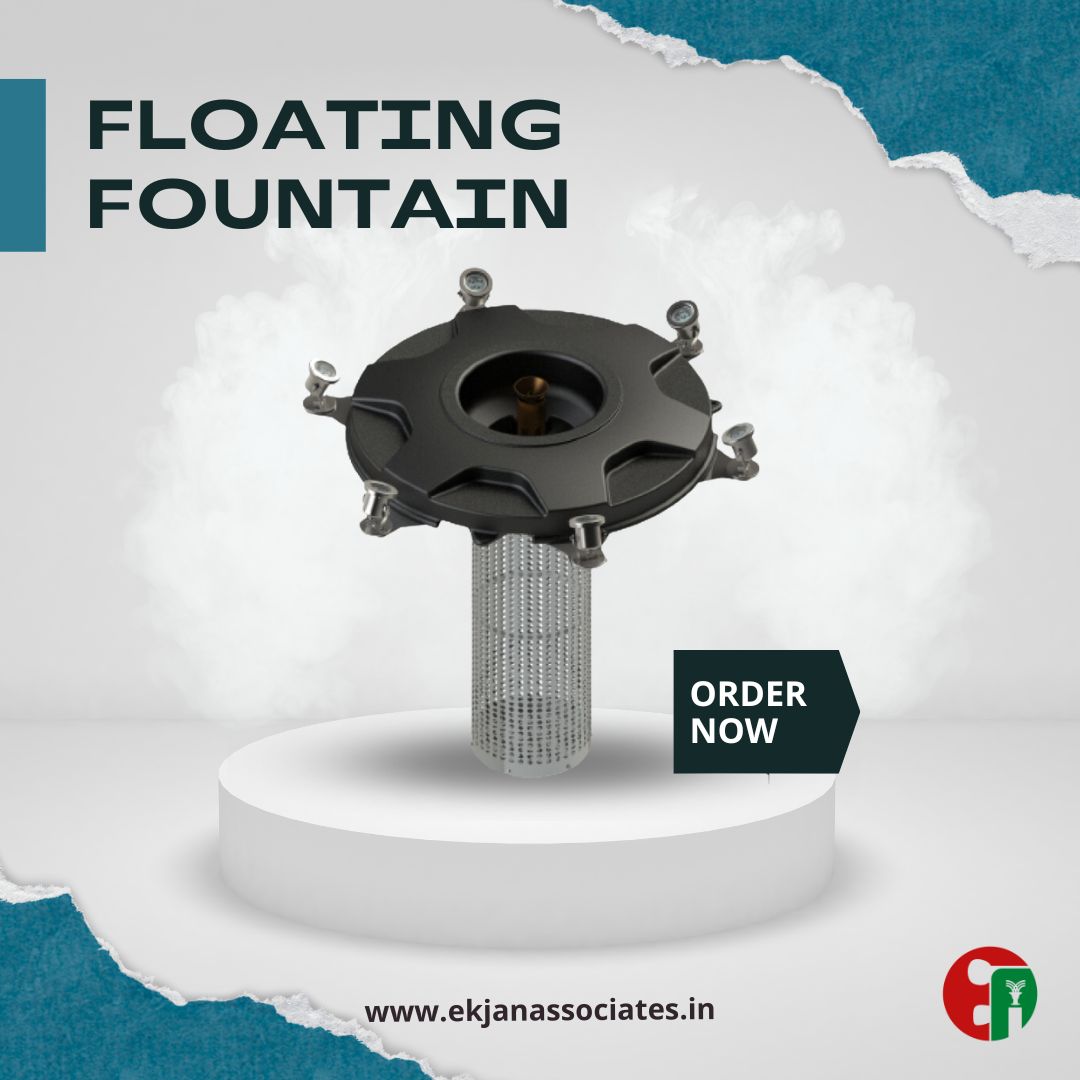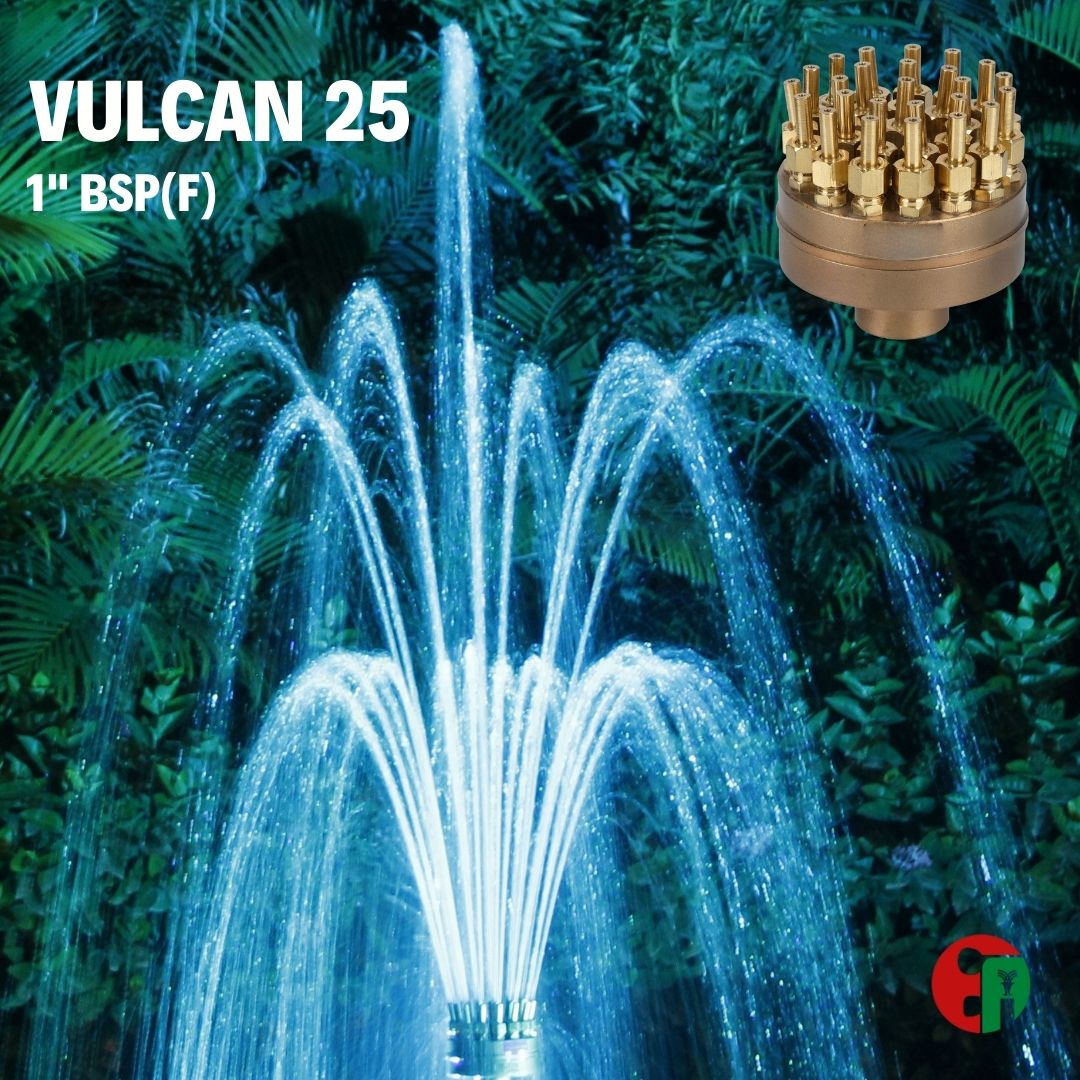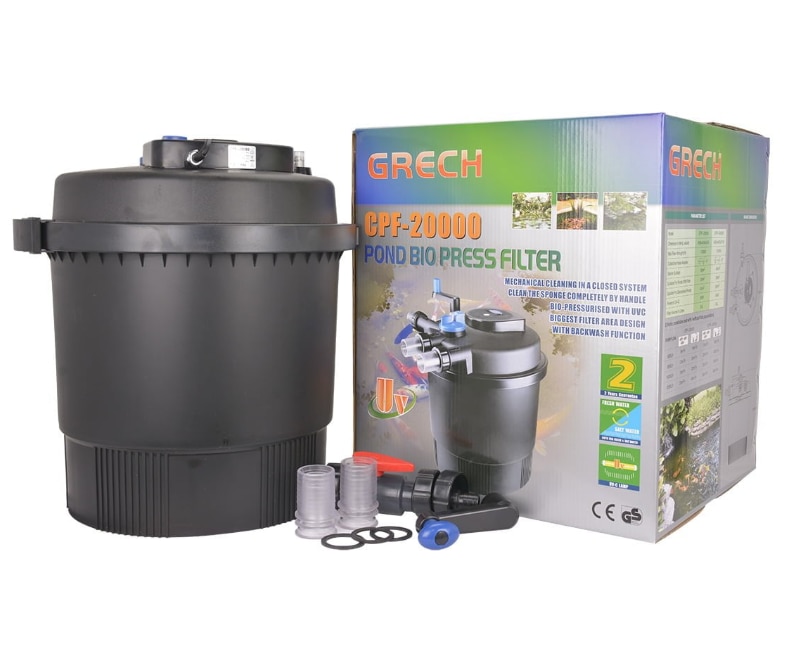Fountain Nozzles
Transform Your Water Feature with Foam Jet Fountain Nozzles: The Water Level Independent Solution
Water fountains have long been the centerpiece of gardens, courtyards, and public spaces, creating mesmerizing displays that captivate viewers with their graceful water patterns. Among the various fountain nozzle types available today, the Foam Jet Fountain Nozzle stands out as a revolutionary design that offers both aesthetic appeal and practical functionality, particularly due to its water level independent operation.
What Makes Foam Jet Fountain Nozzles Special?
The Foam Jet fountain nozzle creates a distinctive water pattern that combines the beauty of traditional fountain jets with the unique characteristic of producing aerated, foamy water streams. This innovative design results in spectacular white, frothy water columns that dance upward, creating an eye-catching display that's both elegant and dynamic.
Unlike conventional fountain nozzles that rely heavily on consistent water levels and pressure, foam jet nozzles are engineered to maintain their performance regardless of minor fluctuations in water depth. This water level independence makes them an ideal choice for various fountain applications, from residential water features to large commercial installations.
The Science Behind Water Level Independence
Traditional fountain nozzles often struggle with performance variations when water levels change due to evaporation, wind, or seasonal adjustments. The foam jet nozzle's innovative internal design incorporates advanced hydraulic engineering that compensates for these variations automatically.
The nozzle's internal mechanism includes precision-machined components that create a venturi effect, drawing air into the water stream while maintaining consistent flow patterns. This air injection process not only creates the characteristic foamy appearance but also helps stabilize the water jet's performance across different operating conditions.
Key Benefits of Foam Jet Fountain Nozzles
Consistent Performance
The water level independent design ensures your fountain maintains its stunning visual appeal throughout the day and across seasons, requiring minimal maintenance and adjustment.
Enhanced Visual Impact
The aerated water creates brilliant white foam patterns that are particularly striking against dark water or during evening illumination with fountain lights.
Reduced Maintenance
With less sensitivity to water level variations, these nozzles require fewer adjustments and interventions, making them perfect for busy commercial environments or low-maintenance residential settings.
Versatile Applications
From intimate garden ponds to grand public fountains, foam jet nozzles adapt to various scales and settings while maintaining their distinctive performance characteristics.
Energy Efficiency
The air injection process reduces the actual water flow required to create impressive displays, potentially lowering pump energy requirements and water consumption.
Installation and Design Considerations
When planning your fountain project with foam jet nozzles, consider these important factors:
Pump Selection: While these nozzles are water level independent, proper pump sizing remains crucial for optimal performance. Consult with fountain professionals to determine the right pump capacity for your specific installation.
Basin Design: The fountain basin should accommodate the nozzle's spray pattern while allowing for proper water circulation and filtration.
Lighting Integration: Foam jet patterns are particularly stunning when combined with underwater LED lighting systems, creating dramatic nighttime displays.
Wind Considerations: While the foam pattern is stable, consider prevailing wind patterns in your location to minimize water loss and maintain the intended visual effect.
Material Quality and Durability
High-quality foam jet fountain nozzles are typically constructed from corrosion-resistant materials such as brass, stainless steel, or specialized bronze alloys. These materials ensure longevity in outdoor environments while maintaining consistent performance over time.
The precision manufacturing required for proper air injection and water level independence demands careful attention to internal tolerances and surface finishes. Quality nozzles feature smooth internal passages that prevent clogging and maintain optimal flow characteristics.
Maintenance Tips for Optimal Performance
While foam jet nozzles are designed for low maintenance, following these simple guidelines will ensure years of reliable operation:
Regular Cleaning: Remove any debris or mineral buildup from the nozzle openings monthly
Water Quality: Maintain proper water chemistry to prevent scaling and corrosion
Seasonal Preparation: Follow manufacturer guidelines for winterization in freezing climates
Professional Inspection: Schedule annual professional maintenance to ensure optimal performance
Creative Applications and Design
Price: 0 |
Payment Type: |
Available: False |
COD Available: False |
KYC Status: FAILED
Send Message

